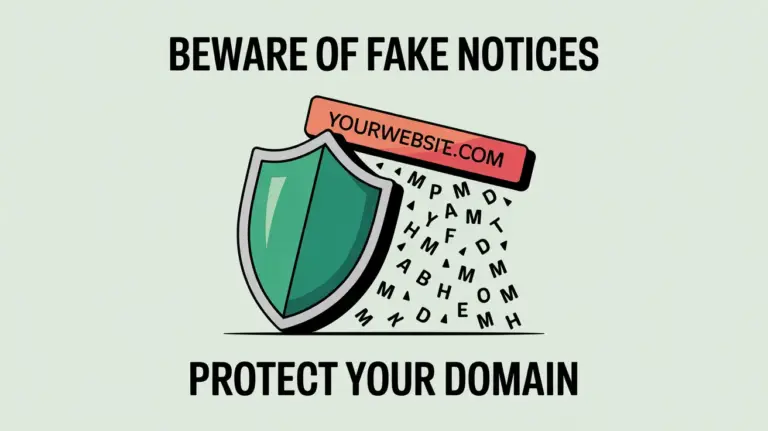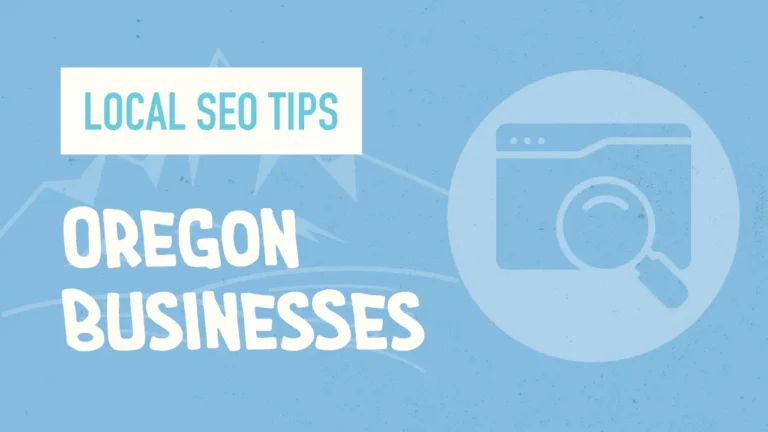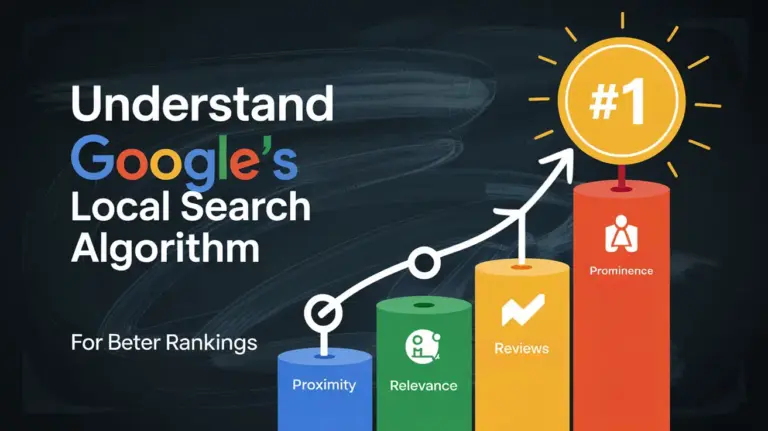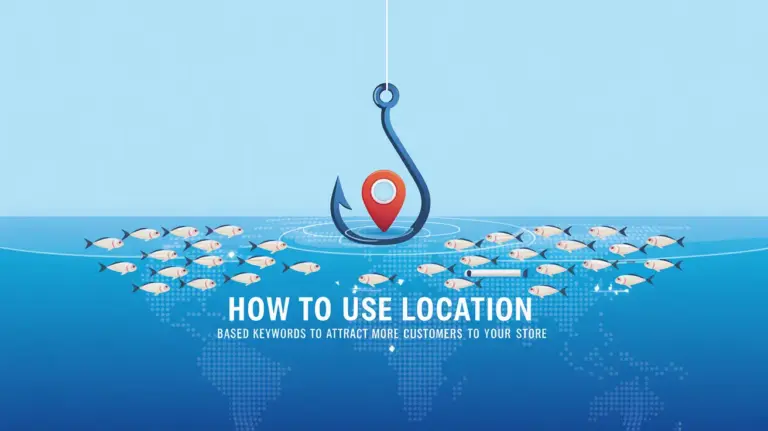 Google is leading a significant shift towards enhancing browser privacy by announcing that Chrome is phasing out third-party cookies. This move reflects an industry-wide push for increased web privacy and marks a pivotal moment in balancing personalized advertising and user consent. With the elimination of these tracking mechanisms, online tracking as we know it is set to undergo a radical overhaul. For users, the implications of this change are profound, promising a future where their browsing experiences align more closely with their privacy expectations.
Google is leading a significant shift towards enhancing browser privacy by announcing that Chrome is phasing out third-party cookies. This move reflects an industry-wide push for increased web privacy and marks a pivotal moment in balancing personalized advertising and user consent. With the elimination of these tracking mechanisms, online tracking as we know it is set to undergo a radical overhaul. For users, the implications of this change are profound, promising a future where their browsing experiences align more closely with their privacy expectations.
The strategy to retire third-party cookies is not abrupt but a gradual transition, with initial limitations enforced on a small percentage of users, scaling to encompass all of Chrome’s user base. By doing so, the tech giant aims to pivot the internet towards an environment where personal data protection is paramount without undermining the functionalities that keep the web’s vast array of content and services in free flow.
Key Takeaways
- Google’s initiative indicates significant progress in advancing web privacy and reforming online tracking methods.
- Personalized advertising must adapt to new paradigms as Chrome phases out third-party cookies, relying more on privacy-centric technologies.
- The tech industry is challenged to maintain website functionalities, including sign-ins and fraud prevention while respecting privacy concerns.
- The Privacy Sandbox project plays a critical role in reconciling the need for user privacy with the demand for free online content and services.
- A gradual, staged restriction plan allows for developing and testing new industry standards to sustain Digital marketing in the context of Google’s Privacy Sandbox replacing third-party cookies by 2023. in a cookie-less future.
The Timeline and Impact of Chrome Phasing Out Third-Party Cookies
As digital landscapes evolve, the impending third-party cookie phase-out proper by Chrome marks a radical change in cookie-based targeting and user data protection. Beginning with an initial soft launch affecting a small fraction of users, this shift sets the stage for a complete overhaul of how user data is used across the web. The phasing-out process is expected to accelerate throughout the year, culminating in a full-scale implementation that redefines the balance between personalization and privacy.
Initial Testing and Gradual Implementation
Google’s approach to transitioning from cookies to the Privacy Sandbox by 2023. Chrome phasing out third-party cookies starts with a testing phase on a manageable 1% of users, providing an environment for thorough analysis and refinement. This strategic rollout, targeting block third-party cookies, is essential for identifying potential challenges and opportunities for advertisers and publishers in 2023 and beyond.
Critical Steps for Preparing Your Site
For web admins and marketers, the imminent deprecation of third-party cookies signals a time to audit and adapt. Understanding current dependencies on third-party data is crucial, as is testing site functionality under the new regime. These preparations are fundamental to ensure seamless user experiences while navigating the new privacy-forward web ecosystem.
Alternatives Provided by the Privacy Sandbox
The Privacy Sandbox emerges as a beacon for those seeking alternative solutions to the traditional cookie-based ecosystem. Offering a suite of APIs designed to uphold both the delivery of personalized content and the shielding of user privacy, Google’s initiative presents new methods to redefine digital identity and advertising within a secure framework.
The transformation initiated by the third-party cookie phase-out is a challenge and an opportunity for innovation in digital advertising and user data protection.
 Understanding the Function of Third-Party Cookies in Digital Marketing
Understanding the Function of Third-Party Cookies in Digital Marketing
In digital marketing, third-party cookies have long been the backbone of personalized advertising and complex web analytics. Yet, their pivotal role is set for a transformation as privacy concerns lead to less reliance on third-party data and an increased focus on first-party information. Let’s delve deeper into the nuances of the relationship between third-party cookies and online tracking The adaptation strategies that the industry must embrace as third-party cookies decline by 2023.
How Third-Party Cookies Influence Online Advertising
Third-party cookies facilitate user profiling by collecting information as users navigate different websites. This data powers targeted ad campaigns that lead to higher engagement rates and better ROI for advertisers. By understanding consumer behavior and preferences, businesses have been able to tailor their marketing messages, creating a more personalized experience that resonates with the audience.
The Shift Toward First-Party Data Collection
Amidst the phasing out of third-party cookies, a significant shift towards first-party data collection is emerging. Companies are increasingly incentivized to build direct relationships with their customers, gathering data through customer interactions within their digital platforms. This shift addresses the growing privacy concerns and feeds digital marketing strategies with more prosperous, reliable data directly from the source.
Remaining Tracking Technologies and Their Challenges
While alternatives to third-party cookies exist, such as Local Storage and IndexedDB, they are not without their challenges. Compliance with privacy regulations like GDPR in Europe and CCPA in California necessitates robust consent management systems, especially considering the future without third-party cookies by Q3 2024. The industry is turning towards new technologies supporting user privacy while providing crucial advertising capabilities. One emerging standard is Google’s trust tokens, which aim to facilitate online tracking without compromising individual privacy through anonymous verification of user behavior.
The succeeding solutions must strike a balance: preserving the sophisticated capabilities of web analytics while respecting user privacy. Despite the challenges, transitioning away from third-party cookies could lead to more transparent, consent-based relationships between businesses and their customers, ultimately forging a new digital marketing era that aligns closely with user expectations and legal standards.
Chrome Phasing Out Third-Party Cookies
The digital marketing landscape faces a monumental shift as Chrome sets the stage for a future without third-party cookies. This initiative significantly impacts web privacy and browser privacy, reshaping online tracking and web analytics. Advertisers, publishers, and tech vendors alike are on the verge of adopting new strategies that honor user consent while navigating the complex terrain of digital marketing in a cookie-less world.
How This Shift Impacts User Privacy and Web Analytics
As third-party cookies begin to crumble by Q3 2024, web privacy takes a front seat, empowering users with greater control over their online footprint. The fallout extends deep into web analytics, where metrics are poised to transform significantly. Metrics such as engagement rates, conversion tracking, and audience profiling will no longer rely on the cookie-based data that has been a long staple in online monitoring.
Implementation of Browser Privacy Measures
With Chrome’s declared plans, innovative browser privacy measures are swiftly taking form. Foremost among these is Tracking Protection, a feature promising users transparency and control over their data trail. This protection is part of a broader movement to offer users a safer browsing experience, acknowledging the need to balance user privacy and the necessities of digital commerce.
Reactions and Adaptations from the Digital Marketing Industry
The digital marketing industry has reacted quickly, with varied responses ranging from concern to proactive adaptation. Industry leaders are exploring alternatives to third-party cookies, such as contextual targeting and developing unified IDs based on first-party data. Strategies involving the ethical collection and use of data are under intense scrutiny as organizations prepare to comply with new web privacy norms. While some express apprehension about the potential hurdles, a consensus on innovation and strategy overhaul is noticeable across the board.
| Cookie-Based Strategies | Emerging Alternatives |
|---|---|
| Behavioral Targeting | Contextual Advertising |
| Conversion Tracking | First-Party Data Analytics |
| Retargeting Campaigns | Privacy-Preserving APIs (e.g., FLoC) |
| User Profiling | Machine Learning Models |
Despite its inevitable challenges, phasing out third-party cookies can be seen as a critical juncture leading to a more privacy-cognizant online environment. The urgency for adaptation signals a transformative period for digital marketing, pushing the industry towards ethical practices that safeguard user privacy while continuing to enable advertisers to reach their target audience effectively.
Conclusion
The digital landscape is transforming with Chrome phasing out third-party cookies. This move serves as a precursor for heightened web privacy and user data protection, signaling the dawn of a new era in the digital marketing sector. Third-party cookies, once the linchpin of personalized advertising, are giving way to more secure and privacy-conscious alternatives, presenting new challenges and opportunities for publishers and marketers alike.
In response to these changes, industry professionals must pivot and adapt. They are called upon to innovate and adopt fresh strategies that prioritize not only their campaigns’ effectiveness but also their audience’s privacy preferences. The traditional reliance on third-party cookies is being replaced by an increased focus on obtaining user consent, maintaining transparency, and leveraging sophisticated technologies that protect personal data. The end goal remains clear: crafting marketing efforts that respect user privacy while delivering relevant and engaging content.
As Google’s timeline for eliminating third-party cookies progresses, all eyes are on the transformative effects this will have on digital marketing. The move requires a recalibration of methods and a redefinition of success metrics within the industry. It further underscores the importance of balancing effective marketing strategies with the fundamental rights to online privacy and data security. Indeed, these developments present a unique opportunity for growth and innovation that resonates with the evolving expectations of users and the digital community.
FAQ
What does Chrome phasing out third-party cookies mean for web privacy?
The phase-out of third-party cookies in Chrome signifies a significant step in enhancing web privacy and user data protection. This initiative will limit the capacity of businesses to track users across multiple sites, thereby giving users more control over their personal information and reducing unsolicited online tracking.
What is the timeline for Chrome to eliminate third-party cookies?
Testing on 1% of Chrome users began on January 4, 2024. The plan is to gradually extend the restrictions on third-party cookies, affecting the entire user base by the third quarter of 2024. The period provided aims to ensure a smooth transition for the digital marketing industry to adapt to this change.
What steps can site owners take to prepare for the end of third-party cookies in Chrome?
Site owners should start auditing their use of third-party cookies and test for any potential site dysfunction. It is also essential to explore the alternatives offered by Google’s Privacy Sandbox APIs, which provide privacy-centric mechanisms for identity management, advertising, and fraud detection, among other functions.
How have third-party cookies been used in digital marketing?
Third-party cookies have played a crucial role in digital marketing by enabling advertisers to track users’ online activities across different websites, collect data on their preferences, and deliver personalized advertisements tailored to individual browsing habits.
With Chrome phasing out third-party cookies, how will digital marketing be affected?
Removing third-party cookies from Chrome will urge digital marketers to pivot towards first-party data strategies and investigate alternative tracking technologies that comply with new privacy standards. Marketers will need to focus more on obtaining explicit user consent and adopting emerging technologies safeguarding consumer privacy while delivering targeted advertising.
What are the alternatives to third-party cookies for online tracking and personalized advertising?
Developers and advertisers can employ several technologies as alternatives to third-party cookies, including first-party cookies, Local Storage, IndexedDB, and Web SQL. The Privacy Sandbox initiative proposes additional tools, such as trust tokens, to help with user authentication and fraud prevention without compromising individual user privacy.
How does the phase-out of third-party cookies impact browser privacy?
Phasing out third-party cookies will substantially increase browser privacy by eliminating a significant tool used for extensive user tracking and data collection without their explicit consent. This aligns with a growing demand for greater transparency and control over personal information among Internet users.
How are the digital marketing industry and web analytics reacting to the end of third-party cookies?
The industry must reassess and develop new tactics for gathering and using data for analytics and targeted advertising while adhering to enhanced privacy standards, especially in light of the block third-party cookies movement by 2023. This includes exploring innovative ways to measure and understand user behavior without relying on invasive tracking methods.

 Understanding the Function of Third-Party Cookies in Digital Marketing
Understanding the Function of Third-Party Cookies in Digital Marketing





